Overview
Map
Other Details
دير سيّدة المعونات رام بو دقن
Shayleh Kesrouane
Keserwan
Mount Lebanon
دير سيّدة المعونات رام بو دقن - سهيلة سنة ١٧٦٧ بنى المطران مخايل بن الشيخ ابا نادر الخازن ديرًا على اسم سيّدة المعونات في محلّة رام بو دقن، ليصبح مقرًّا لإقامته. بعد وفاته تحوّل الدّير إلى وقفيّة ذريّة لمشايخ آل الخازن. الكنيسة كناية عن عقدٍ مُصالبٍ ينتهي بحنية نصف دائريّة، سقفها مزيّن بالنقوش على الجصّ. لوحات الكنيسة من عمل الخوري موسى ديب الدلبتاوي. The monastery of Our Lady of Perpetual help Ram Bou Daqn - Sheile The monastery was built in 1767 by bishop Michael son of Sheikh Aba Nader el Khazen, in Ram Bou Daqn to become his episcopal residence. After his death the monastery became a private domain for the Khazen family. The church consists of a crossed vault ending in a semi circular apse with a ceiling covered with arabesque. The church holds paintings by Fr Moussa Dib from Dlebta.
Visited 2746 times, 1 Visit today



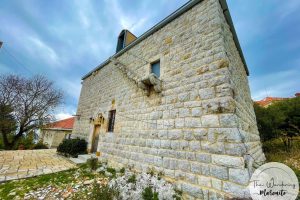
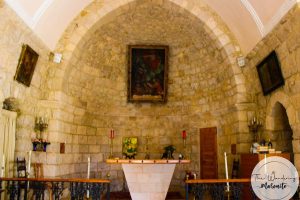
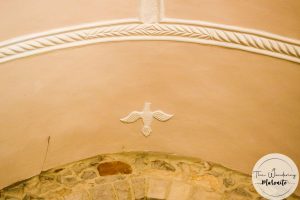
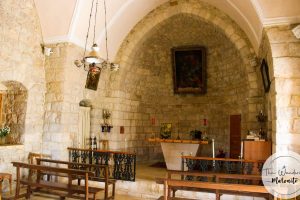
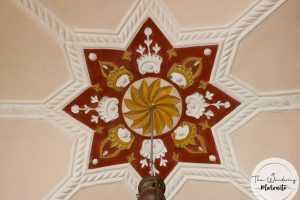
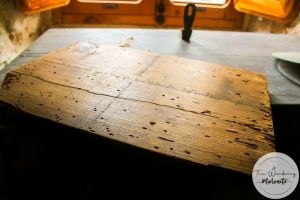
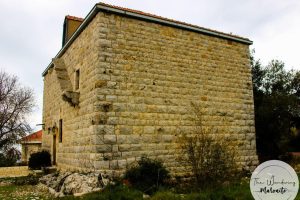
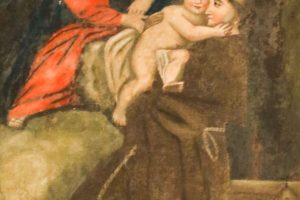









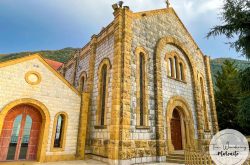
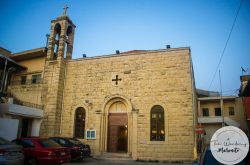
Reviews are disabled, but trackbacks and pingbacks are open.